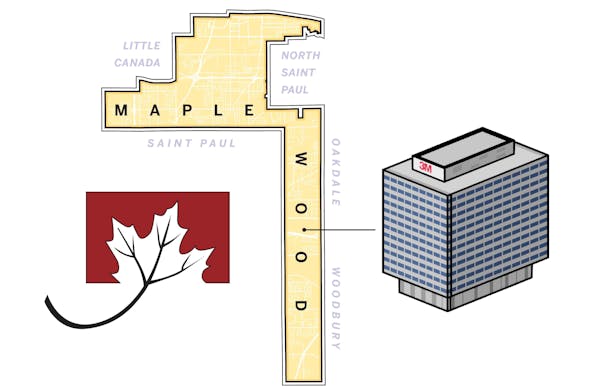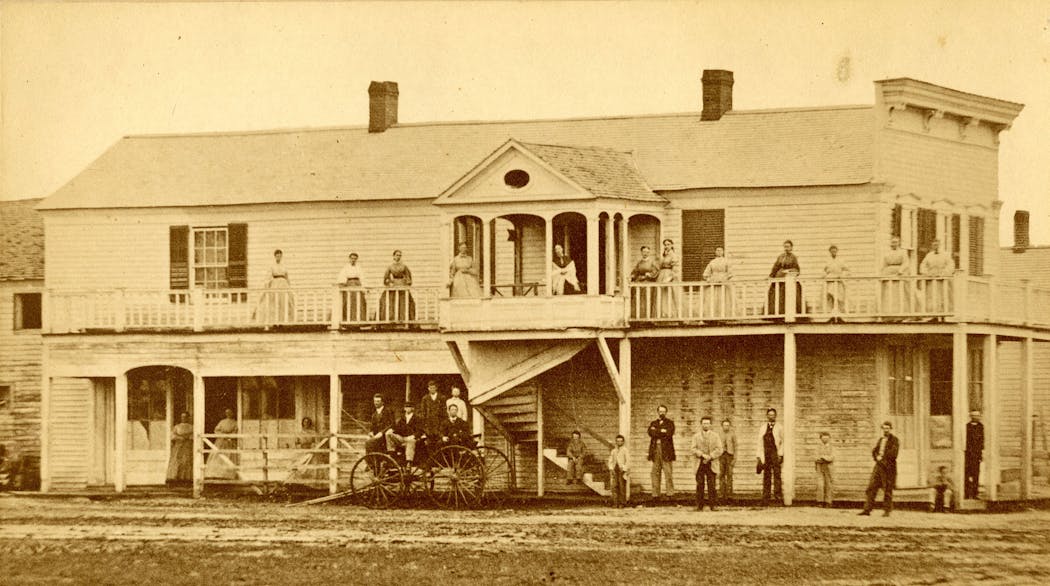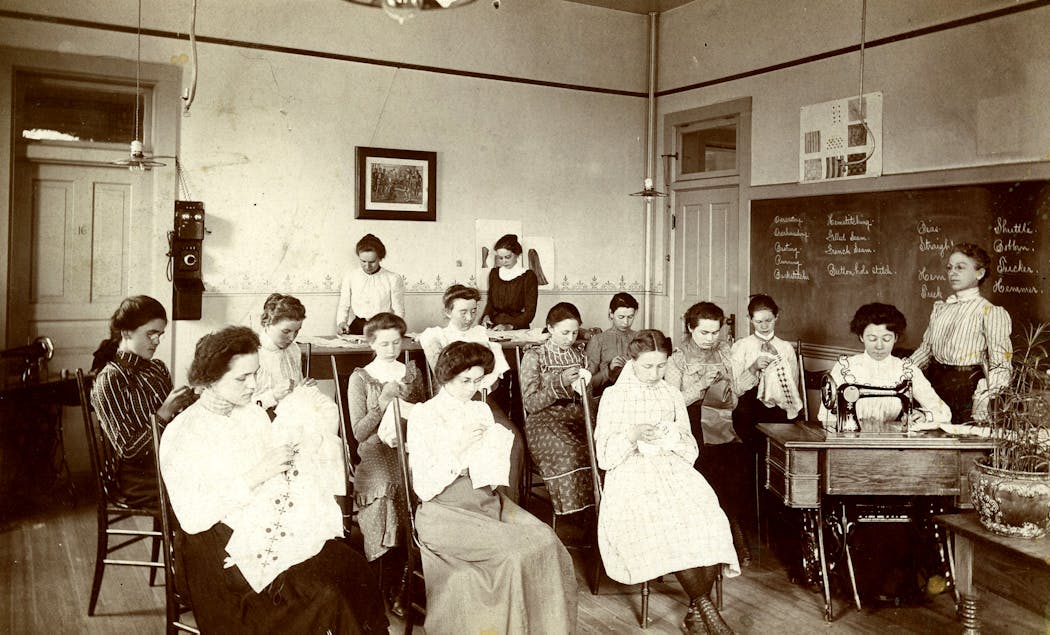How did Faribault become home to Minnesota's deaf and blind academies?
Listen and subscribe to our podcast: Apple Podcasts | Spotify
Schooling for Minnesota's deaf and blind residents has been a priority since the earliest days of statehood, giving rise to two institutions in Faribault that continue to thrive today.
But how did this southeast city become home to the Minnesota State Academies for the Deaf and Blind (MSA)? That's what Faribault native Charles Remington has wondered for a long time. Both of his grandparents attended the deaf school; his grandmother graduated from the academy in 1901.
"Her family would bring her by horse buggy or horse and wagon to the deaf school in the fall and pick her up in the spring," Remington said.
Remington asked the Star Tribune's reader-fueled reporting project, Curious Minnesota, to find out more about the academies' origins.
An education-focused city
Faribault was a commercial hub long before statehood because its namesake, Alexander Faribault, set up a trading post there in the 1820s. He helped organize the city soon after an 1851 treaty with the Dakota people opened southern Minnesota to white settlement.
The primary reason the schools ended up in Faribault is because of a local legislator, Rep. George Skinner. In 1858, the year Minnesota became a state, Skinner convinced his colleagues in the Legislature to establish a school for the deaf in his city.
"One of the things that had always sort of been cornerstone to the city was this idea of becoming a focus for educational institutions," said Dave Nichols of the Rice County Historical Society.
Alexander Faribault gave 40 acres of land for the new deaf school. But funding the new institution stalled until lawmakers approved it in 1863. The school for the deaf opened later that year, with a school for the blind opening in 1866.
"They're about as pivotal to the founding of the city as any other institution around here," Nichols said.
Evolving institutions
The schools grew in lockstep with the city of Faribault, though educators faced challenges from the beginning. When state lawmakers funded the deaf school in 1863, they did not include money to actually build facilities.
School superintendents rented community buildings for years until permanent facilities were built starting around the 1870s. The schools ultimately sold Alexander Faribault's land and purchased their current campus across the Straight River from downtown Faribault — next to another school, Shattuck St. Mary's.
The state oversaw operations of the schools, which made them vulnerable to the whims of lawmakers and education trends. Sometimes the schools were combined, for example; other times they were separated.
"It was all about politics and funding," said MSA Superintendent Terry Wilding.
In some of those eras, the schools focused more on functional skills than academic pursuits. In the 1870s, students spent about half of their time learning a trade such as tailoring, dressmaking or woodworking. Those goals changed with the times as well.
The eugenics era
At its founding, the deaf school encouraged its students to take leadership positions throughout their communities. National sentiment toward the deaf and blind soured in the 1880s, however.
That stemmed from the work of British scientist Francis Galton, who trumpeted the concept that a person's genes determined their traits. Galton coined the term "eugenics," kickstarting a massive movement around the globe to try and "improve" people by culling traits and characteristics they deemed weak. Eugenics today is viewed as a racist, xenophobic reaction to changes to society.
The schools suffered in this era, Wilding said.
"You'll see a lot of different success stories that happened after 1880 to 1940, because of a lot of the limitations that were set," he said. "Our students were not going to college or had such limited opportunities in the community."
In 1879, state officials created an experimental program in Faribault for students with severe disabilities. They lumped the program in with the deaf and blind school, which were combined at the time. It eventually became its own school after then-Rep. Rodney Mott (who had helped found the deaf school) spearheaded a bill in the Legislature.
Originally known as the Minnesota Institute for Defectives, it was less a school and more a state hospital, according to Wilding. The site was repurposed in the 1980s to build Faribault's state prison.
"If you visit a lot of schools for the deaf, you'll see schools next to prisons or next to cemeteries," Wilding said. "It's places where people want to hide others. It's pretty common."
Future growth
The schools were lucky to be in Faribault, however. The nearby railroad line ensured they always grew compared to programs in other states that shuttered over the years. As a result, both schools quickly modernized along with the rest of the country starting in the 1940s.
Today, the schools are governed by a board appointed by the governor. About 140 students in the MSA programs are living and learning on campus.
Both academies have gained international recognition throughout their histories. Last month students presented at an international disability rights conference in Vienna, Austria, for example. And the schools count famous alumni such as artist Cadwallader Washburn and actor Daniel Durant.
The academies are also an important part of Faribault. The city has its own deaf club and a thriving community of deaf and blind residents. Remington, the Faribault native whose grandparents attended the deaf school, used to work at the state hospital. The family connection spurred one of his relatives to work as an interpreter at the school for the deaf as well.
The schools plan to expand their services to help deaf and blind students across the state, offering online programs, specialized equipment and other opportunities to students without access.
"We're building people who become successful in the world," Wilding said.
If you'd like to submit a Curious Minnesota question, fill out the form below:
Read more Curious Minnesota stories:
How did St. Cloud get its name? It's a strange story
Did political shenanigans derail an effort to move Minnesota's capital from St. Paul?
How were the bluffs of southeast Minnesota formed?
How do Minnesota lakes get their names?
Who are all the people on sidelines during Vikings games?
How did the North Loop in Minneapolis get its name?






